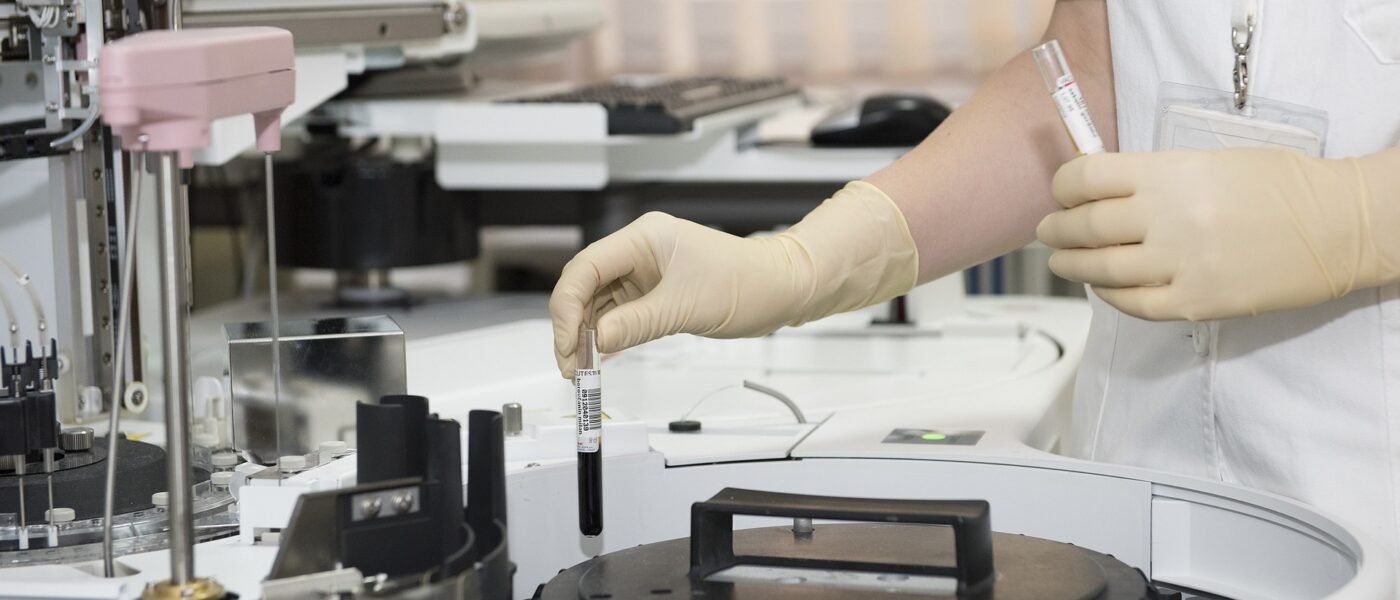Intubation is a vital procedure in emergency medicine, anesthesia, and intensive care. It involves placing a tube into a patient’s airway to ensure they can breathe when they cannot do so independently. The advancements in medical technology have transformed the landscape of intubation, increasing success rates and safety. This article explores facilities that use cutting edge medical technology for intubation, highlighting the innovations that make a significant difference in patient care.
What is Intubation?
Intubation is a medical procedure in which a tube is inserted into a person’s throat, allowing air to flow directly into the lungs. This tube can enter through the mouth (orotracheal intubation) or the nose (nasotracheal intubation), leading to the trachea.
When performed correctly, intubation ensures that patients who are unable to breathe on their own receive adequate oxygen. Medical professionals typically use a laryngoscope, a specialized instrument, to visualize the airway and guide the tube into the correct position. Once the tube is in place, it’s connected to a ventilator that assists with breathing, making this procedure critical for saving lives in emergency situations.
Historical Methods vs. Modern Advancements
Historically, the methods for ensuring a patient’s airway were rudimentary at best. Before the widespread use of intubation, techniques like bag-mask ventilation were common. These methods often lacked the precision and reliability needed to deliver adequate oxygen to patients, particularly those in critical condition.
With the development of modern technology, intubation has evolved dramatically. Today, advanced equipment and techniques provide a safer and more effective means of managing airways, dramatically increasing the chances of successful intubation. Facilities that use cutting edge medical technology for intubation exemplify this evolution by adopting the latest innovations in airway management.
The Role of Medical Technology in Intubation
The integration of medical card online technology in intubation has revolutionized patient outcomes. Advanced imaging techniques, such as video laryngoscopy, allow healthcare providers to visualize the airway in real-time, improving the accuracy of tube placement. These technologies have led to higher success rates and lower instances of complications, such as airway trauma or failed intubations, making facilities that use cutting edge medical technology for intubation stand out in the field.
Automated Intubation Systems
Automated intubation systems are at the forefront of innovation in airway management. These systems use robotic technology and artificial intelligence to assist in the intubation process. They offer several advantages, including reduced variability in technique and increased precision.
By providing consistent and reliable intubation, these systems can enhance patient safety, especially in high-stress environments like emergency rooms and operating theaters. The use of automated systems also helps minimize the cognitive load on medical personnel, allowing them to focus on other critical aspects of patient care, which is particularly crucial in facilities that use cutting edge medical technology for intubation.
World-Renowned Facilities That Use Cutting Edge Medical Technology for Intubation
Several hospitals around the globe are recognized for their commitment to utilizing cutting-edge technology for intubation.
1. Johns Hopkins Hospital (USA)
Johns Hopkins is renowned for its advanced surgical techniques and emergency care. The facility employs state-of-the-art video laryngoscopes and automated intubation systems to improve success rates and reduce complications.
2. Cleveland Clinic (USA)
Cleveland Clinic is another leader in the use of advanced airway management technology. The institution focuses on training and utilizing simulation-based techniques to prepare its staff for intubation challenges.
3. Charité – Universitätsmedizin Berlin (Germany)
As one of Europe’s largest university hospitals, Charité incorporates the latest innovations in intubation technology, including robotic-assisted systems that enhance precision and safety in airway management.
4. Singapore General Hospital (Singapore)
Singapore General Hospital has invested significantly in technology for critical care. Their use of real-time imaging and simulation training ensures that medical professionals are well-equipped to perform intubations safely and effectively.

Case Studies of Success
In these world-class facilities, several case studies highlight the success of using cutting-edge intubation technology. For instance, patients who previously faced high risks during intubation procedures have benefitted from video laryngoscopy, leading to successful airway management and improved outcomes. This success is emblematic of the benefits provided by facilities that use cutting edge medical technology for intubation.
Training and Simulation in Intubation
Proper training for medical professionals is essential in mastering intubation techniques. Many leading facilities utilize simulation technologies that allow trainees to practice in a risk-free environment. This hands-on experience is invaluable in preparing staff for real-life scenarios, ensuring they are equipped to handle the complexities of airway management.
Future Trends in Intubation Technology
The future of intubation technology looks promising, with several innovations on the horizon. Developments in artificial intelligence may lead to even smarter automated systems that can adapt to individual patient needs. Furthermore, telemedicine could enable remote guidance during intubation procedures, particularly in rural or underserved areas.
Challenges and Limitations
Despite the advancements, challenges remain in the field of intubation. Technical difficulties, such as equipment malfunction or inadequate visualization, can still pose risks. Additionally, the reliance on advanced technology may create a skills gap, where medical professionals become less proficient in traditional intubation techniques.
Conclusion
Facilities that use cutting edge medical technology for intubation are making significant strides in improving patient outcomes. The integration of advanced tools and techniques enhances the safety and effectiveness of this critical procedure. As technology continues to evolve, we can expect even greater improvements in airway management, ultimately saving more lives.
FAQs
1. What are the risks associated with intubation?
Intubation carries risks such as injury to the airway, aspiration of stomach contents, and, in rare cases, complications from the intubation process itself.
2. How long can a patient be intubated?
Patients can be intubated for varying lengths of time, depending on their medical condition. In some cases, intubation may last only a few hours, while in others, it can extend to several days.
3. What are the signs that a patient may need intubation?
Signs include severe respiratory distress, inability to maintain adequate oxygenation, or during certain surgical procedures where anesthesia is required.
4. Can intubation be performed without specialized equipment?
While intubation can technically be performed without advanced tools, the success rate and safety are significantly enhanced with modern equipment like laryngoscopes and ventilators.
5. How does training affect intubation success rates?
Comprehensive training, including simulation practice, directly correlates with higher success rates and fewer complications during intubation procedures.




